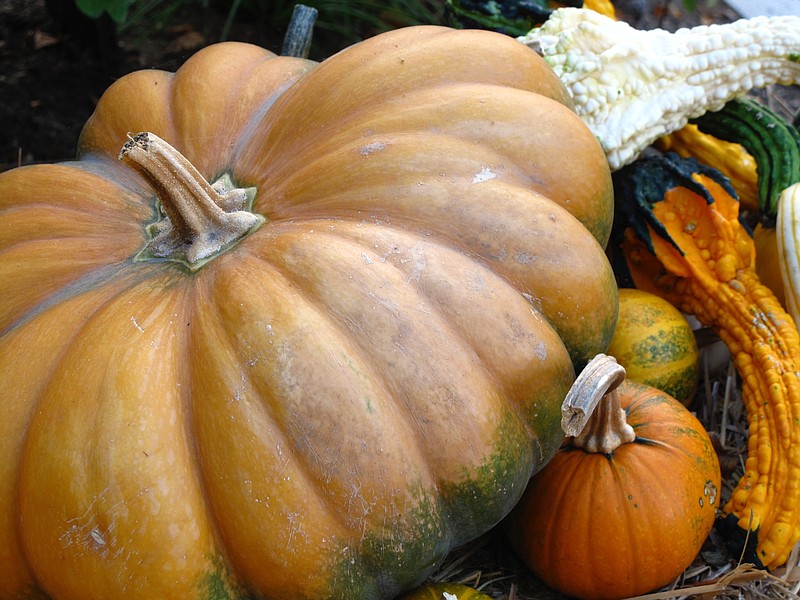If you're looking for fresh meal ideas, consider planting "menu gardens." Grow a few of your favorite foods together in pots or raised beds, following a theme - salad-bar fixings, for example, or pizza toppings, or juicing ingredients.
Meal preparation will be simpler, cheaper and healthier.
"Even if you have land to grow a large garden, one advantage of growing a few edible plants in a small space or container close to the kitchen is that it makes it easier to pull together a fresh recipe," says Patrice Powers-Barker, an extension educator with Ohio State University.
"The entire family meal doesn't have to be created from scratch," she says. "Make some of your easiest go-to recipes and then dress them up with fresh herbs on top, or add fresh seasonal vegetables to your traditional side salad."
Be creative. Add, subtract or substitute the edibles you grow in much the same way you modify food recipes.
Some specialty gardens that can spice up family meal planning:
- Salad bar garden: Combine leaf lettuce, sprouts, kale, arugula, romaine, baby carrots, cucumbers, spinach and parsley in a single garden plot. Or go Asian and plant bok choy, red mustard, coriander, radish and Thai basil.
- Pesto garden: "Even though basil is probably the most popular leaf to add to pesto, it can be made with all different kinds of plants: parsley, mustard greens, tomatoes," Powers-Barker said. Don't forget the garlic.
- Pizza garden: Group cherry tomatoes with onions, oregano, basil, bell peppers, fennel and parsley. The possibilities are endless.
- Taco garden: Plant some tomatoes in a large pot with cilantro, jalapeno and lettuce.
- Juicing garden: Carrots, cabbage, watercress, Swiss chard, cucumbers, sweet potato, celery, zucchini and mint. Use the mint for garnish.
- Pickling garden: Cucumbers, mustard, cabbage, beets and dill.
- Stir-fry garden: Snow peas, Chinese mustard, green onions, bok choy, baby carrots, zucchini, yellow squash, broccoli.
- Three Sisters Garden: A traditional Native American grouping of corn, beans and squash. They complement one another nutritionally as well as when grown together on the same hill.
- Culinary herb garden: Dill, thyme, fennel, tarragon, oregano, mint, parsley, sage, basil and rosemary.
- Tea garden: Mint, passionflower, rose hips, chamomile, Echinacea, lavender and basil among a great many others.
- Halloween garden: Pumpkins, squash and corn.
Want more?
"How about a Just Jammin' garden with strawberries and raspberries?" says Dixie Sandborn, an extension specialist with Michigan State University. That would be a more permanent garden.
Or, she suggests, "maybe a kaleidoscope garden using vegetables with unusual colors? Carrots, eggplant of several colors, tomatoes - red, yellow and orange striped.
"'One potato, two potato' or some other catchy name for a potato garden featuring several varieties of potatoes grown above ground in wire or barrels," she said.
Menu gardens can be fun for families with kids, Powers-Barker says. But their appeal is broader than that: "As older adults transition from serving many people to making recipes for one or two, a small garden can be a nice way to prepare meals in smaller batches," she says.
